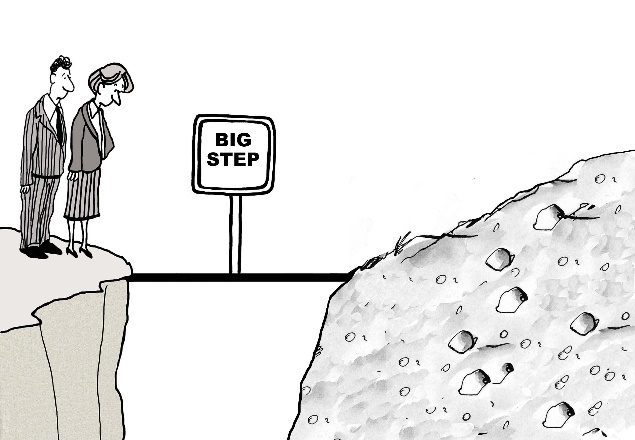
When to Push, When to Persist: The Art of Leading Change
There was a stunned silence. Even on Zoom, I could see it and feel it. My conversation with a professional

There was a stunned silence. Even on Zoom, I could see it and feel it. My conversation with a professional

I just trashed a perfectly good blog that was ready for publication. As I finished it, I realized that, while

Over a decade ago, I began to focus my work, my writing, and my speaking on how, as leaders, we

(Hint: It may be both!) As a forward-facing, make-it-better leader, throughout my career, I found myself in places of

Make no doubt about it, as change management emerged in the late 1990’s and early 2000’s, it was a big step forward. The fact that someone, somewhere in the organization was helping employees through a structured methodology that included awareness, communication, and training began to address the compelling realization that people were most often the “make or break” factor in the success or failure of any change effort.
Yet change management, to me, conveys the ideas of doing something “to” people rather than “with” people. What if the mind-shift changed a bit? From change management to change engagement?

We all fall prey to the path of least resistance – doing what is easy and expedient over what is in our long term best interest. We are hungry and pop into a convenience store, where we are overwhelmed by poor choices. Do we seek out the isolated piece of fruit hidden among the chips, candy and donuts? I don’t know about you, but peanut M&M’s win out every time for me.
Understanding the human proclivity to take the path of least resistance can help us design ways that “pull” people into the desired behaviors more easily. That’s why this simple mantra can make a big difference in any change initiative…

Late last year I was able to check off a bucket list item of mine: to do a TED talk. I spoke about the need to shift our worldview from one of striving for stability to one of dealing effectively with continual change, in a talk entitled, “Is Stability What We Should Strive For?”
At the end, I describe some of the characteristics of emerging organizations that are thriving (rather than thrashing) in our global, networked, connected, hyper-fast, technologically driven world. It is an interesting list – and I wonder how your organization stacks up to it.

There are bucket-loads of reasons we are faced with more ambiguity than ever before. Here is a short list:
Add to that the more mundane causes of ambiguity, such as lack of clear direction from the top, changing priorities, and difficult and complex situations – and your natural tendency may be to do one of these things:
I hate to break it to you – but all four approaches are doomed. Which leaves us in a bit of a conundrum: we need to DO something, but WHAT? The EAA process (my term – named after the vocal sounds I tend to make when challenged with ambiguity) may help you sort things out.

Well, I’ve done it. I always had dreams of writing a book – and today I’m thrilled to announce that it is available on Amazon. It’s taken longer than one would have ever dreamed, been through more edits than I could have imagined and more changes than Indiana weather in spring! But it is here.
So what is it?

I had to chuckle when I heard the news story about the legislators who, with good intentions, prohibited the sale of kegs of beer in their college town and, as a result, made the problem they were trying to solve even worse. This is a story of unintended consequences, a peril each of us faces as we implement changes in the organizations we lead.
Fill out the form to receive the Evergreen Leadership newsletter and be notified about new blogs.